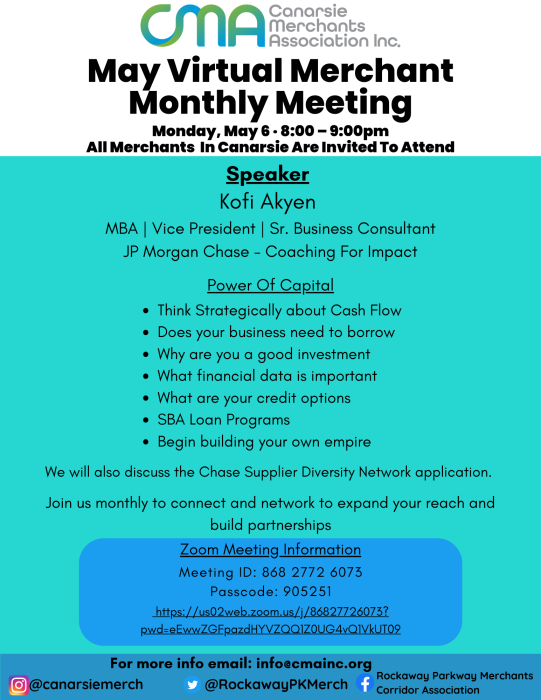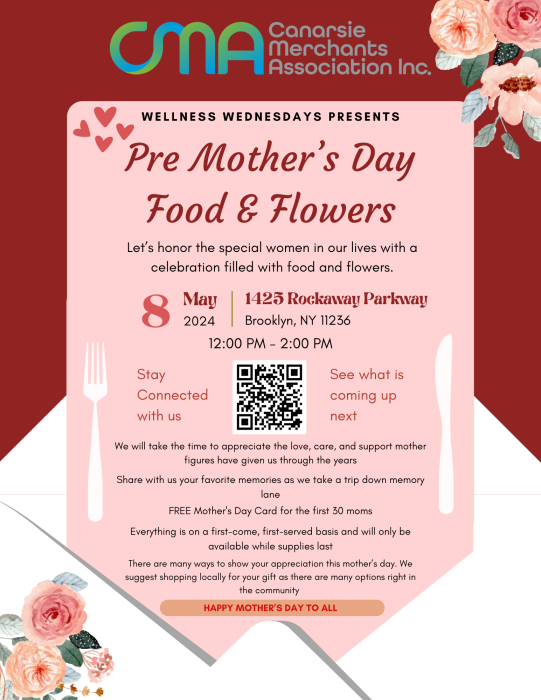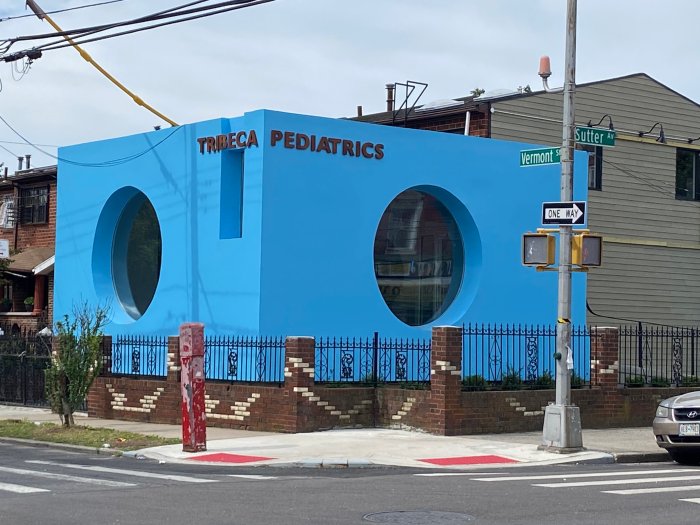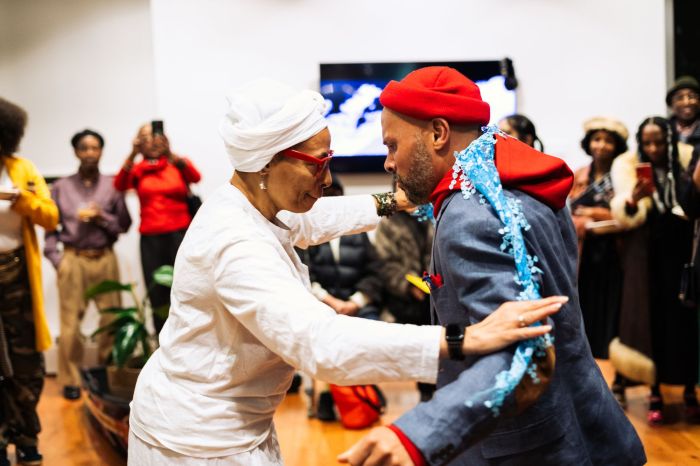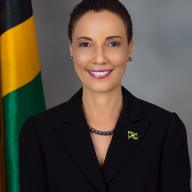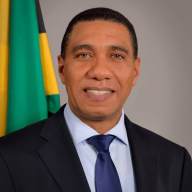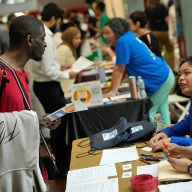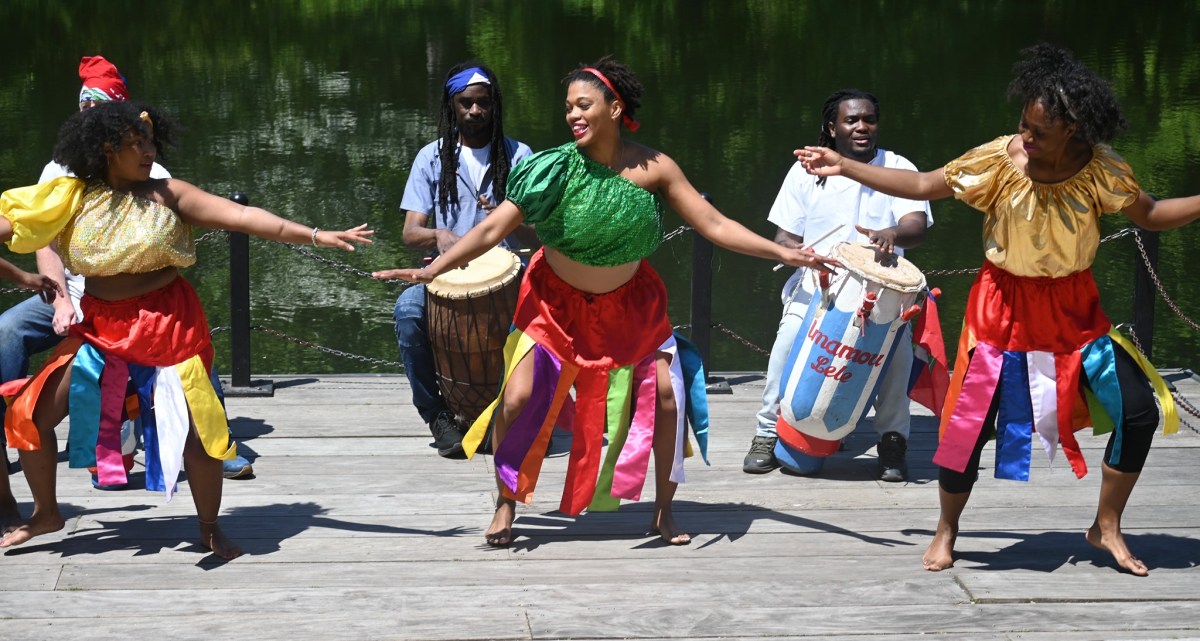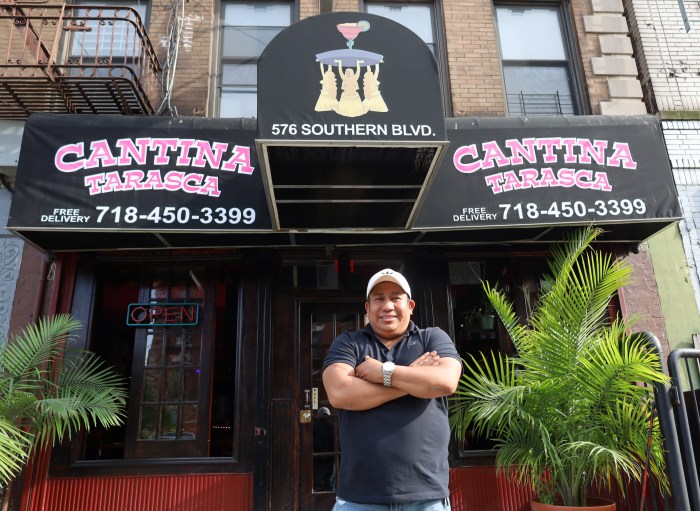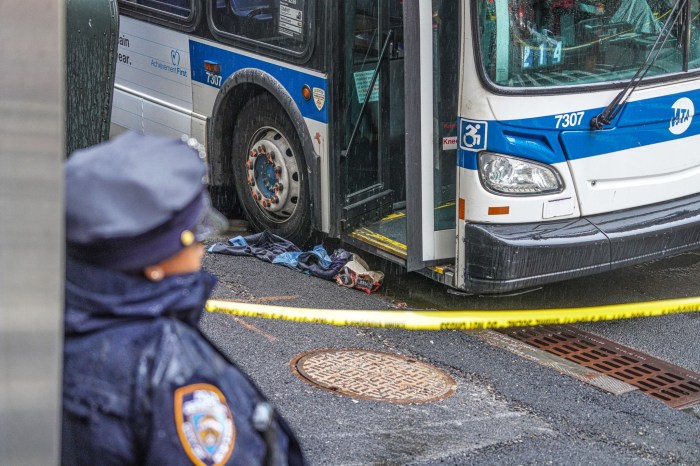AIDS has killed 30 million people around the world, and 34 million are living with HIV. Today, I want to focus on the three key interventions that can make it possible to achieve an AIDS-free generation.
Now, by an AIDS-free generation, I mean one where, first, virtually no children are born with the virus; second, as these children become teenagers and adults, they are at far lower risk of becoming infected than they would be today thanks to a wide range of prevention tools; and third, if they do acquire HIV, they have access to treatment that helps prevent them from developing AIDS and passing the virus on to others.
I want to focus on three key interventions that can make it possible to achieve an AIDS-free generation. First, preventing mother-to-child transmission. Today, one in seven new infections occurs when a mother passes the virus to her child. We can get that number to zero. And we can save mother’s lives too.
In addition to preventing mother-to-child transmission, an effective combination prevention strategy has to include voluntary medical male circumcision. In the past few years, research has proven that this low-cost procedure reduces the risk of female-to-male transmission by more than 60 percent, and that the benefit is life-long.
But even once people do become HIV-positive, we can still make it far less likely that they will transmit the virus to others by treating them with the antiretroviral drugs. We now know that if you treat a person living with HIV effectively, you reduce the risk of transmission to a partner by 96 percent. For years, some have feared that scaling up treatment would detract from prevention efforts. Now we know beyond a doubt if we take a comprehensive view of our approach to the pandemic, treatment doesn’t take away from prevention. It adds to prevention. So let’s end the old debate over treatment versus prevention and embrace treatment as prevention.
None of the interventions can create an AIDS-free generation by itself. But used in combination with each other and with other powerful prevention methods, they do present an extraordinary opportunity. Right now, more people are becoming infected every year than are starting treatment. We can reverse this trend. Mathematical models show that scaling up combination prevention to realistic levels in high-prevalence countries would drive down the worldwide rate of new infections by at least 40 to 60 percent. That’s on top of the 25 percent drop we’ve already seen in the past decade.
As the world scales up the most effective prevention methods, the number of new infections will go down, and it will be possible to treat more people than are becoming infected each year. And so, instead of falling behind year after year, we will, for the first time, get ahead of the pandemic. We will be on the path to an AIDS-free generation. That is the real power of combination prevention.
But success is not inevitable, nor will it be easy. If we’re going to make the most of this moment, there are steps we must take together.
First, we need to let science guide our efforts. Success depends on deploying our tools based on the best available evidence. Now, I know that occasionally it feels in and around Washington that there are some who wish us to live in an evidence-free zone. But it’s imperative – that we stand up for evidence and for science.
The second step is to put more emphasis on country ownership of HIV/AIDS programs. We know we can’t create an AIDS-free generation by dictating solutions from Washington. Our in-country partners – including governments, NGOs, and faith-based organizations – need to own and lead their nation’s response.
Finally, we’re calling on other donor nations to do their part, including by supporting and strengthening the Global Fund. Consider just one example of what the Global Fund has already done. In 2004, virtually none of the people in Malawi who were eligible to receive treatment actually received it. As of last year, with significant help from the Global Fund, nearly half did.
The goal of an AIDS-free generation may be ambitious, but it is possible with the knowledge and interventions we have right now. Imagine what the world will look like when we succeed. Imagine AIDS wards that once were stretched far beyond their capacity becoming outpatient clinics caring for people with a manageable condition, children who might have been orphaned and then trafficked or recruited as child soldiers instead growing up with the hope of a better future, communities where despair once reigned filled instead with optimism, countries that can make the most of every single person’s God-given potential. An AIDS-free generation would be one of the greatest gifts the United States could give to our collective future.
We’ve made a lot of progress together in the last 30 years. It hasn’t been easy. It hasn’t been without controversy. But it has been steady, and we have stayed the course as a nation. Let’s not stop now. Let’s keep focused on the future. And one of those futures that I hope we can be part of achieving is an AIDS-free generation.
Hillary Rodham Clinton is the U.S. Secretary of State. Her comments are excerpted from a speech given Nov. 8, 2011 at the National Institutes of Health.




